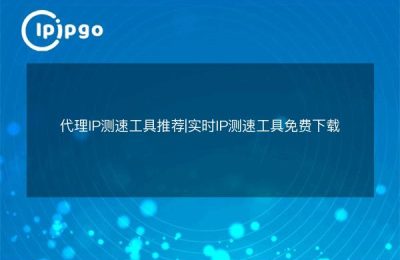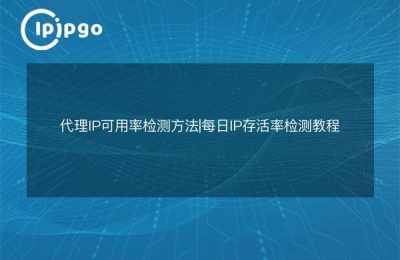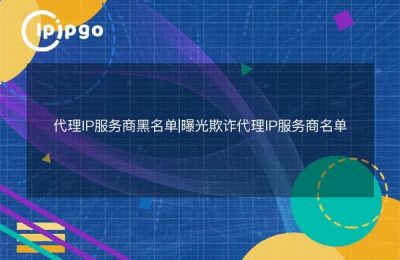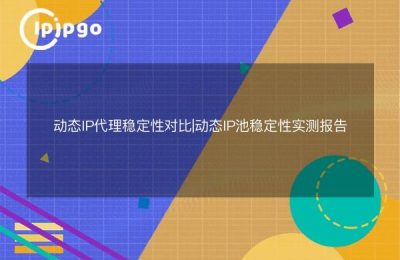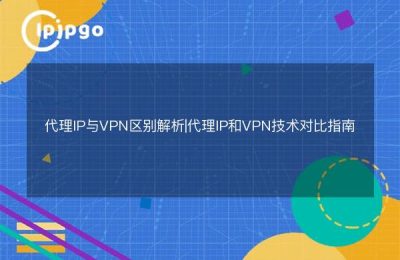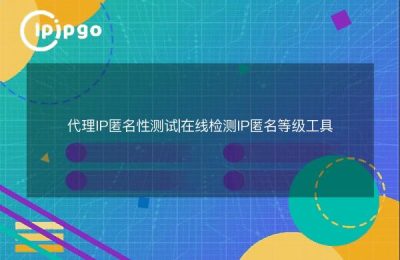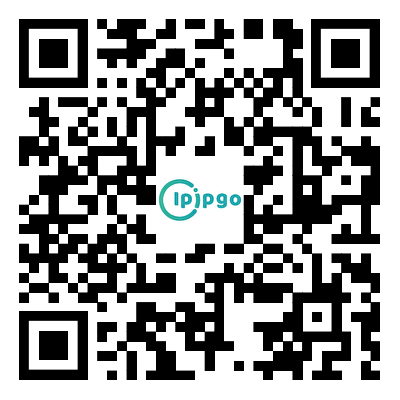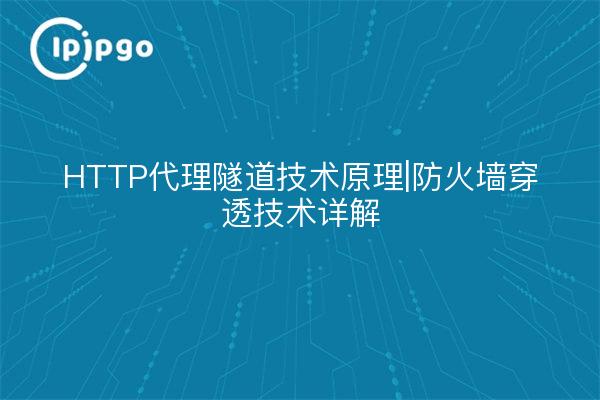
How does HTTP proxy tunneling enable data forwarding?
When we set up a proxy server between the local device and the target server, the proxy tunnel is like a "data conveyor belt". Take the proxy IP service provided by ipipgo as an example, the user request will be encrypted and transmitted to the proxy node through the tunneling protocol. During this process, the proxy server willStripping sensitive information from the original requestat the same timeMaintaining the full content of communicationsThe
The key to tunneling technology is protocol encapsulation. For example, the common HTTP CONNECT method will establish a secure channel through the second handshake after the TCP connection is established. ipipgo supports full-protocol proxies, whether it's HTTP/HTTPS or SOCKS protocols, and automatically adapts to the best transmission scheme.
The three main features recognized by firewalls and strategies to deal with them
Modern firewalls recognize proxy traffic through three main dimensions:
| test dimension | Response program |
|---|---|
| IP Reputation Library | Use of home residential IP (e.g., ipipgo's residential proxy) |
| Flow Characteristics | Dynamic switching of request header information |
| behavioral model | Simulates normal user intervals |
ipipgo's.Dynamic Residential IP PoolContains 90 million+ real home IP addresses, each with complete network environment information. With intelligent routing algorithms, it can automatically match the geographically nearest nodes and effectively circumvent IP blacklist detection.
Hands-on: Five Steps to Building a Stable Proxy Tunnel
1. Select protocol type: HTTP/HTTPS or SOCKS5 protocol according to business scenarios
2. Configure the authentication method: Recommended use of user name + password whitelist authentication
3. Set session hold: maintain long TCP connections to reduce handshakes
4. Enabling traffic obfuscation: adding random request header parameters
5. Implementation of node rotation: setting a reasonable frequency of IP switching
In the admin backend of ipipgo, users can directly access theReady-made agent configuration templates, supports mainstream programming languages and tools. Its API interface can also return the health status of the agent node in real time, automatically eliminating slow response nodes.
Analysis of Frequently Asked Questions
Q: How much latency does proxy tunneling add?
A: The delay increase under reasonable configuration does not exceed 30%, ipipgo can control the delay of cross-country access within 200ms through intelligent route optimization.
Q: How to prevent proxy IP from being blocked?
A: It is recommended to enable both IP rotation and request frequency control. ipipgo's dynamic IP pool supports setting the automatic switching interval (1-30 minutes)
Q: What configuration is required for enterprise applications?
A: We recommend using ipipgo's static residential IP + dedicated channel program, which can ensure bandwidth stability and IP exclusivity.
Technical Selection Points Guide
Focus when choosing an agency service:
- Does the IP type match the business scenario (data center/residential IP)
- Completeness of protocol support
- Whether to provide a complete API management interface
- Number of country regions with nodes
ipipgo, as a globally-covered proxy service provider, has a240+ Country Node Layoutrespond in singingMulti-Protocol Support ArchitectureIt is especially suitable for scenarios that require cross-country network access. The visualized control panel allows users to monitor the connection status and data throughput of each agent node in real time.

